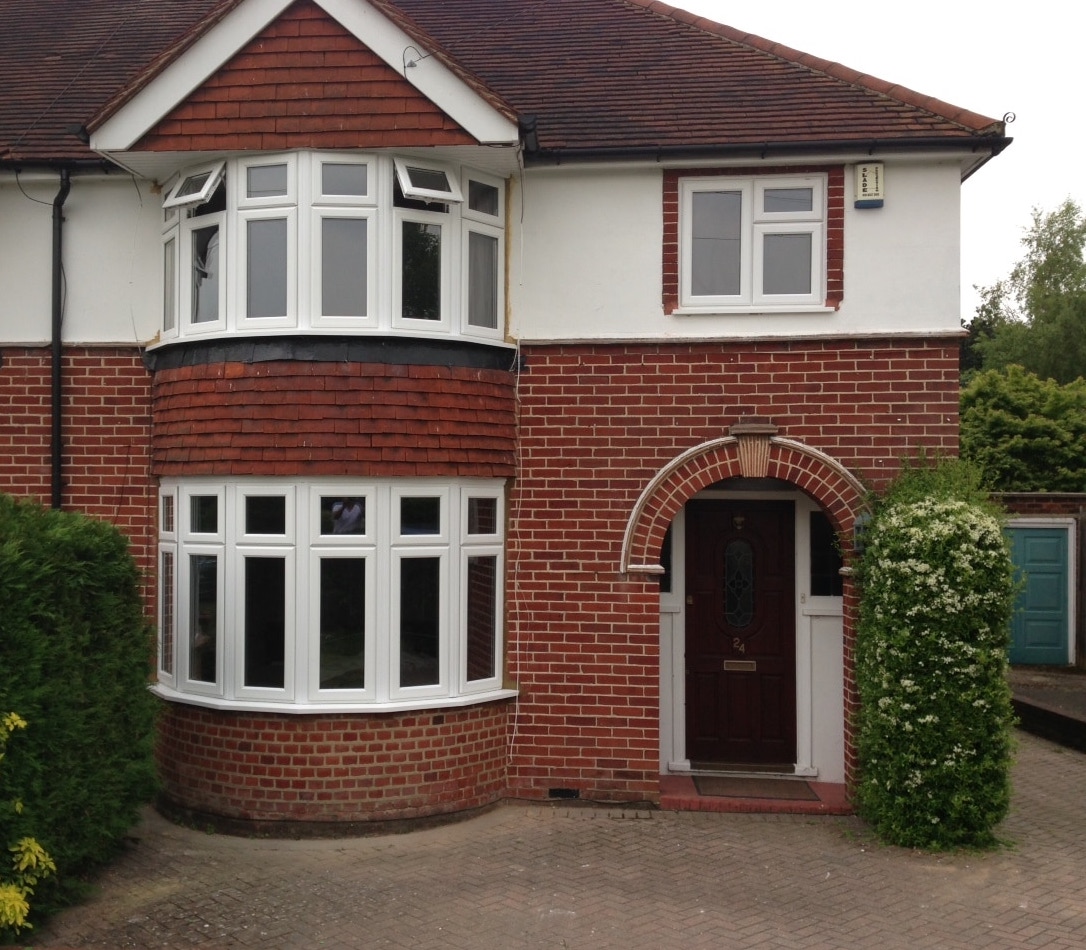Understanding Residential Bay Windows: A Comprehensive Guide
Bay windows have actually embellished homes for generations, lending both visual appeal and practical advantages. Defined by their special structure that extends from the primary walls of a structure, these windows transform a basic room into a lively, appealing space. This article dives into the appeal of bay windows, exploring their types, benefits, and practical factors to consider for property owners.
What Are Bay Windows?
Bay windows are a mix of 3 or more windows set at angles to produce a recess in the wall. They are typically made up of a central big window flanked by 2 smaller ones, forming a "bay" or nook. This architectural function might be found in various designs, including conventional, Victorian, and modern homes, and frequently extends outwards, providing additional area and natural light.
Kinds Of Bay Windows
- Canted Bay Windows: These are the most common type, including a main window that extends outwards at a 30 or 45-degree angle with smaller sized windows on either side.
- Box Bay Windows: This type forms a box-like structure; the front is normally rectangle-shaped, while the side windows open at ideal angles to the wall.
- Oriel Bay Windows: Often discovered on upper floors, these windows do not touch the ground, supported by brackets or corbels.
- Circle Bay Windows: Featuring circular shapes, these windows create a softer look. They are less typical and are typically used to enhance specific architectural designs.
Advantages of Bay Windows
The addition of bay windows can significantly improve a home's design and functionality. Below are some advantages that homeowners delight in:
- Increased Natural Light: Bay windows permit more sunlight to go into living locations, reducing the requirement for artificial lighting and developing a brighter environment.
- Boosted Aesthetics: With their architectural sophistication, bay windows can elevate the visual appeal of a home, increasing its market price.
- Expanded Space: The protruding structure creates a lovely nook for seating, plants, or storage, successfully increasing usable area without requiring substantial restorations.
- Improved Views: Bay windows often supply broader sightlines, permitting house owners to take pleasure in the surrounding surroundings more totally.
- Ventilation Opportunities: When designed correctly, bay windows can enhance air flow throughout a space.
A Quick Overview: Advantages of Bay Windows
| Advantage | Description |
|---|---|
| Increased Natural Light | More sunshine leads to a brighter living area |
| Improved Aesthetics | Elegance increases home worth |
| Expanded Space | Deals extra areas for seating or storage |
| Enhanced Views | Broader views of the outdoor landscape |
| Ventilation Opportunities | Better airflow leads to a fresher environment |
Design Considerations for Bay Windows
When pondering the installation of bay windows, homeowners need to think about numerous aspects associated to design, materials, and placement:
1. Architectural Style
- Ensure the bay window complements the existing style of the home, keeping a cohesive appearance.
2. Product Choices
- Common products include wood, vinyl, aluminum, and fiberglass. Each has its own aesthetic appeal, upkeep needs, and insulation homes.
3. Window Configuration
- Choose on the plan of the windows (e.g., double-hung, sash, or picture windows) based on lighting, ventilation, and architectural cohesiveness.
4. Roofing and Finishing
- Consider adding a roofing system over the bay window for protection and boosted aesthetic appeals. Choices include gabled, curved, or flat roofings.
5. Place
- The placement of the bay window need to take into consideration the sun's path, neighboring structures, and views.
Frequently Asked Questions (FAQs)
1. Are bay windows costly to install?
- The cost varies based upon size, products, and design complexity. While initial costs may be higher than standard windows, they typically offer long-lasting advantages in regards to energy efficiency and home resale value.
2. Can I install a bay window myself?
- While DIY installation is possible for skilled people, it is usually suggested to work with a professional to make sure proper design, sealing, and structural integrity, especially if modifications to the home's exterior are included.
3. How do bay windows effect energy efficiency?
- Correctly set up bay windows can enhance energy performance by taking full advantage of natural light and minimizing heat loss. Consider picking energy-efficient glass and window frames to decrease utility expenses.
4. What furnishings work well with bay windows?
- House owners often select integrated seating, such as benches, comfortable cushions, or ornamental plants to make the many of the extended space.
5. Do bay windows need special maintenance?
- Routine cleaning of the glass and looking for any water damage or sealing issues are necessary. The specific upkeep regime depends upon the materials used.
Residential bay windows are more than simply a captivating architectural detail; they use a plethora of advantages that can raise both the functionality and look of a home. While consideration of design, cost, and upkeep is important, the long-term advantages typically exceed the preliminary investment. Whether enhancing a timeless home or adding a modern twist to a modern design, bay windows work as a timeless option for property owners seeking to purchase their spaces.
In summation, bay windows can transform any living area, providing charm, convenience, and a connection to the world outside. As just click the following post evaluate their alternatives, it's clear that these captivating features deserve factor to consider in both design and preparation.

